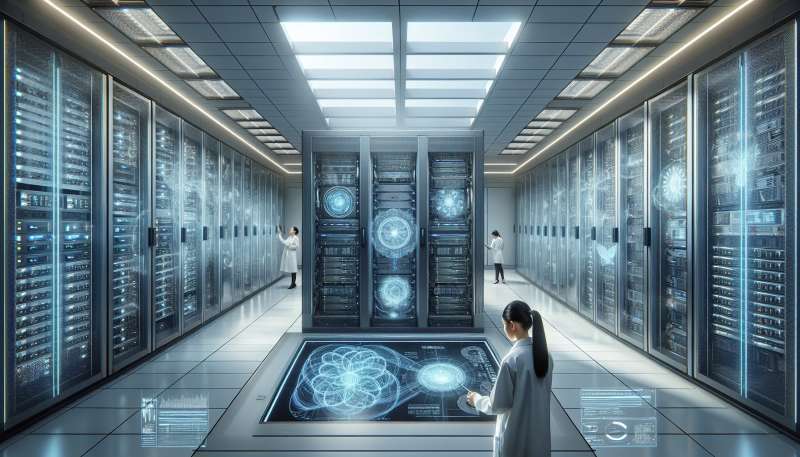
Mainframes: Introduction
Mainframes are powerful computers used for large-scale computing tasks. They excel in reliability, scalability, and security, serving as the backbone for many industries' data processing needs.
Historical Evolution
Mainframes date back to the 1950s with the IBM 700 series. They've evolved from room-sized systems to modern zSeries, constantly adapting to new technology paradigms while maintaining core strengths.
Modern Mainframe Capabilities
Today's mainframes handle huge transaction volumes, run complex queries, and support thousands of users. They can also run modern applications, including Linux and Java-based software.
Not Just Banking
While banks and financial services heavily rely on mainframes, these systems are pivotal in healthcare, retail, and transportation for their handling of critical operations and data.
Mainframe Security Features
Mainframes offer advanced security measures like extensive auditing, pervasive encryption, and sophisticated access control, making them less vulnerable to cyber-attacks than typical servers.
Mainframe and Cloud Synergy
Contrary to popular belief, mainframes and cloud computing are complementary. Modern mainframes support virtualization and can integrate with private and hybrid clouds for flexible resource management.
Future of Mainframes
Mainframes continue to evolve with AI and machine learning integration, enabling predictive analytics and enhanced decision-making processes for businesses across various sectors.
When did mainframes originate?
1980s with the IBM PC
1950s with IBM 700 series
1970s with Apple computers
Company